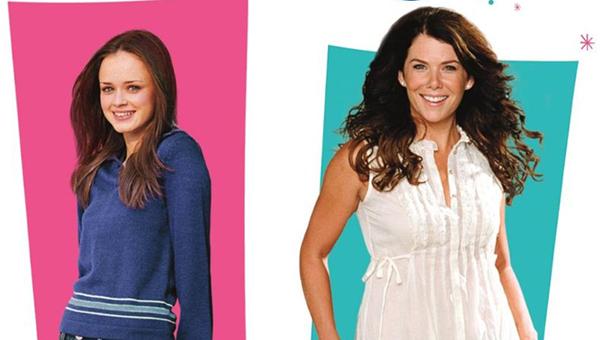“Gilmore Girls” premiered on the WB network in 2000, when the WB network still existed, and for the most part it has aged remarkably. Rory and Lorelai’s dense conversational patter, a trademark of creator Amy Sherman-Palladino, has a biting honesty that rings familiar even fifteen years after it was written. Their relationship, a mother and daughter whose bond leans more towards the sisterly, is compelling to see on TV in any year.
But the show’s early-aughts sensibilities reveal their unpleasant side in disappointing ways. If queer people exist in Stars Hollow, they’re certainly not on screen. Sure, the characters use “gay” as a derogatory term and make cracks about drag queens, but LGBT characters aren’t around to defend themselves. Michel, the infantilized Destiny’s Child-loving concierge at Lorelai’s inn, is stereotypically mincing and pouty in troubling ways, never mind his visceral discomfort when confronted with gay culture and people.
People of color do not fare much better in “Gilmore Girls.” They are few and far between in this Kinkade-eque world. Aside from the aforementioned Michel, the only character of color is found in Lane Kim, Rory’s Korean-American best friend. Poor Lane is almost always reduced to a foil for her cartoonishly strict Seventh Day Adventist mother, who is referred to even by her daughter as Mrs. Kim and embodies the Tiger Mom trope in cringe-inducing attempts at comic relief.
When Sherman-Palladino’s latest show, 2012’s “Bunheads,” failed to include a single non-white actor in its cast, “Grey’s Anatomy” creator Shonda Rhimes took to Twitter to express her valid disappointment. Sherman-Palladino responded by chastising Rhimes for not “[supporting] other women the way [she] should.” She then went on to use a transphobic slur in the same interview.
“Gilmore Girls” is often held up as a progressive show. How else could you describe a show about nontraditional family structure whose high school-age protagonist holds an affinity for Simone de Beauvoir, right? But this progressive facade hides nasty tendencies towards racism, homophobia and erasure at the show’s core. The dialogue snaps and crackles, and I’m still loudly talking about the show at every party I can, but the shortcomings in Gilmore Girls can be difficult for a conscientious fan to reconcile.









